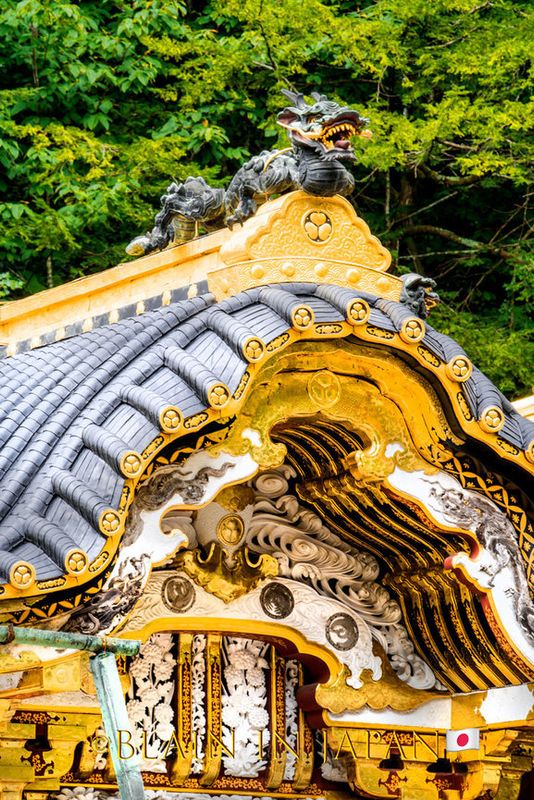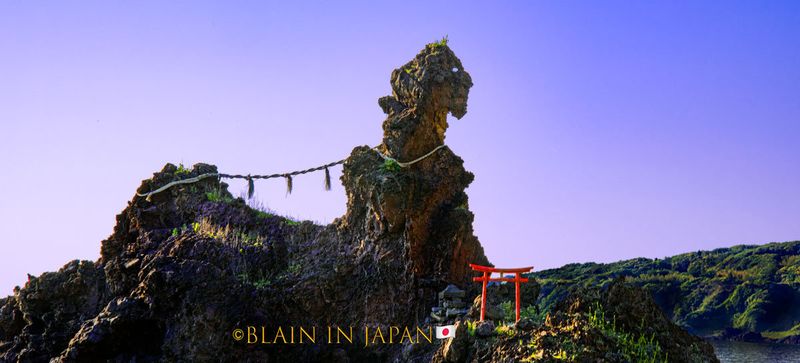Apr 25, 2022
Fact vs. Folklore - Japan’s Dilemma of Identifying the Past
Gallery - Fact vs. Folklore - Japan’s Dilemma of Identifying the Past

As an amateur Japanese historian, I am able to explain in detail facts of ancient wood, stone carvings, and priceless iron cast artifacts dating from the 6th century to the present day. But when it comes to a period in Japan known as the Kofun period, and explaining the facts and dates of this period’s artifacts, I run into a stone wall from time to time. The reason I hit a barrier is that the Imperial Family is the caretaker of the Kofun period sites and only recognizes a small percentage of the nation’s treasure trove of over 170,000 Kofun mounds that have been discovered. The information ranges from non-existent to extremely limited, so my explanation turns toward folklore and oral accounts and storytelling about Kofun mounds in locations throughout Japan. I do not like offering folklore as a historical fact because it borders on conspiracy theory, and over 95% of the time, I want nothing to do with conspiracy theorist’s theories. They spread the worst kind of hearsay and cloud actual fact-finding regarding this important era in Japan’s history.
The Kofun Period is an era in Japan from the mid-3rd century to the early-mid 6th century and is the date of the introduction of Buddhism to Japan. The Kofun mound sites include villages, homesteads, burial mounds, and holy sites, and many of these sites are now said to be power points. Japan’s Emperor holds the keys to these mounds and knows all the truths buried in the earth from centuries ago. Some of the Japanese imperial treasures have even been plundered from these sacred mounds by the Imperial family themselves since they claim that these mounds hold their ancestors. However, to this day, no DNA evidence has ever been carried out or has been made public to my knowledge. One of the sources for all the drama and secrecy from the imperial household and history being altered has been due to Japan's main faith, Shinto, which was created for the imperial house and settlers of Japan who came from other Asian nations such as China, Korea, and Taiwan. Shintoism in Japan overtook Buddhism and Confucianism, but Buddhism has survived. Shintoism, by contrast, incorporates most of the beliefs and gods or Kamui from the First Nations Peoples of Japan, the Ainu. I have close friends who are Shinto holy men and Ainu elders and artisans, individuals who live in harmony with nature. The beliefs are almost identical between the two, so I know that Shintoism used the Ainu spiritual system and guide as their source. The Ainu used to occupy the main island of Japan, from Honshu to Hokkaido. Still, immigrants from other countries pushed the First Nations People north in Hokkaido, something akin to the Trail of Tears or even more simply put an untold and undocumented genocide.
As an amateur historian, sometime pseudo-treasure hunter, and a pro photographer, I have spent hundreds of hours discovering and recording the locations of several Kofun mound sites, and I always love the adventure bound to whatever I find.

I never thought I would call Japan my home, but after 20 years I understand the beauty and appeal of Land of the Rising Sun. Part of my affection for Japan stems from my bride, Manami who introduced me to the essence of this magical land. As an amateur historian and sociologist, the uniqueness of Japan’s past captured my heart and soul, bonding me to the society and culture that is now a part of me. This society has embraced me, and I am no longer a visitor, I have recast myself as a cultural hybrid, always updating my identity with the rich cultural information from the past into the present, and, invariably, the future.



0 Comments